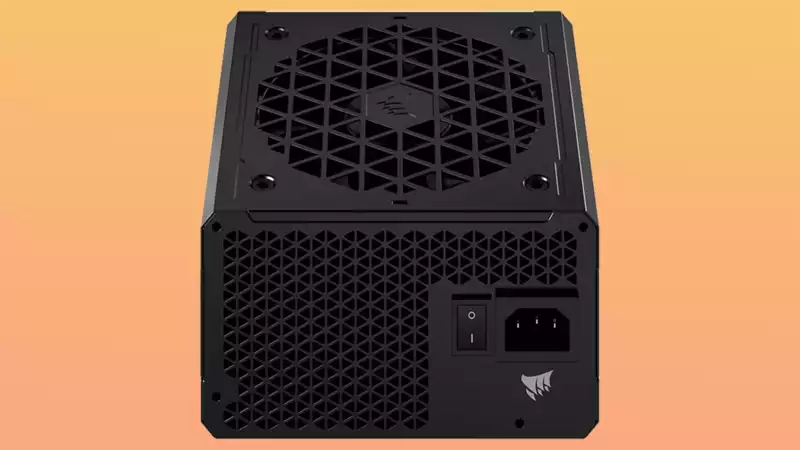Images of Corsair's supposedly upcoming PSUs have me scratching my head. All the parts of a traditional PSU are present in the new "Shift" lineup, including fans, connectors, and power switches, but they are all upside down.
Most of the connectors on a normal PSU are located on opposite sides of the power switch and external power connector. However, in the so-called Shift model, they are instead located on the side. According to information about these unreleased PSUs, this rearrangement seems to be intended to make these connections easier to access.
The photos of these PSUs were posted on Twitter by leaker momomo_us (opens in new tab) and have not yet been confirmed by Corsair. They look legit enough, but we need to wait for official confirmation to be sure; the SKU lists three capacities: 1200W (CP-9020254-NA), 1000W (CP-9020253-NA), 850W (CP-9020252-NA).
Other specs include: 140mm Fluid Dynamic Bearing fan, 80 Plus Gold rating, ATX 3.0 certification. It should be noted that there is no connector for 12VHPWR, but a cable terminating in a twin 8-pin connector can be substituted.
If the Shift lineup turns out to be authentic, Corsair is likely planning to release this PSU with at least an appropriately sized PC case. It is unlikely that this PSU will work in all standard cases.
Based on the orientation of the fan in the photo, the cable extends toward the side panel of the case, at least in a standard PC tower. There must be enough space to route the cables out of the way. Otherwise, the cables will have to be pushed in to press against the side panel. Too much pressure can cause a bad connection, which is the last thing anyone wants.
However, in the right case, this design would make access to each PSU connector much easier. This is convenient for upgrades where cables can be pulled out or added on the fly. Similarly, it would make cable routing easier and save the user the trouble of unbundling cables. Perhaps there is something ingenious here, given the right circumstances.


Comments